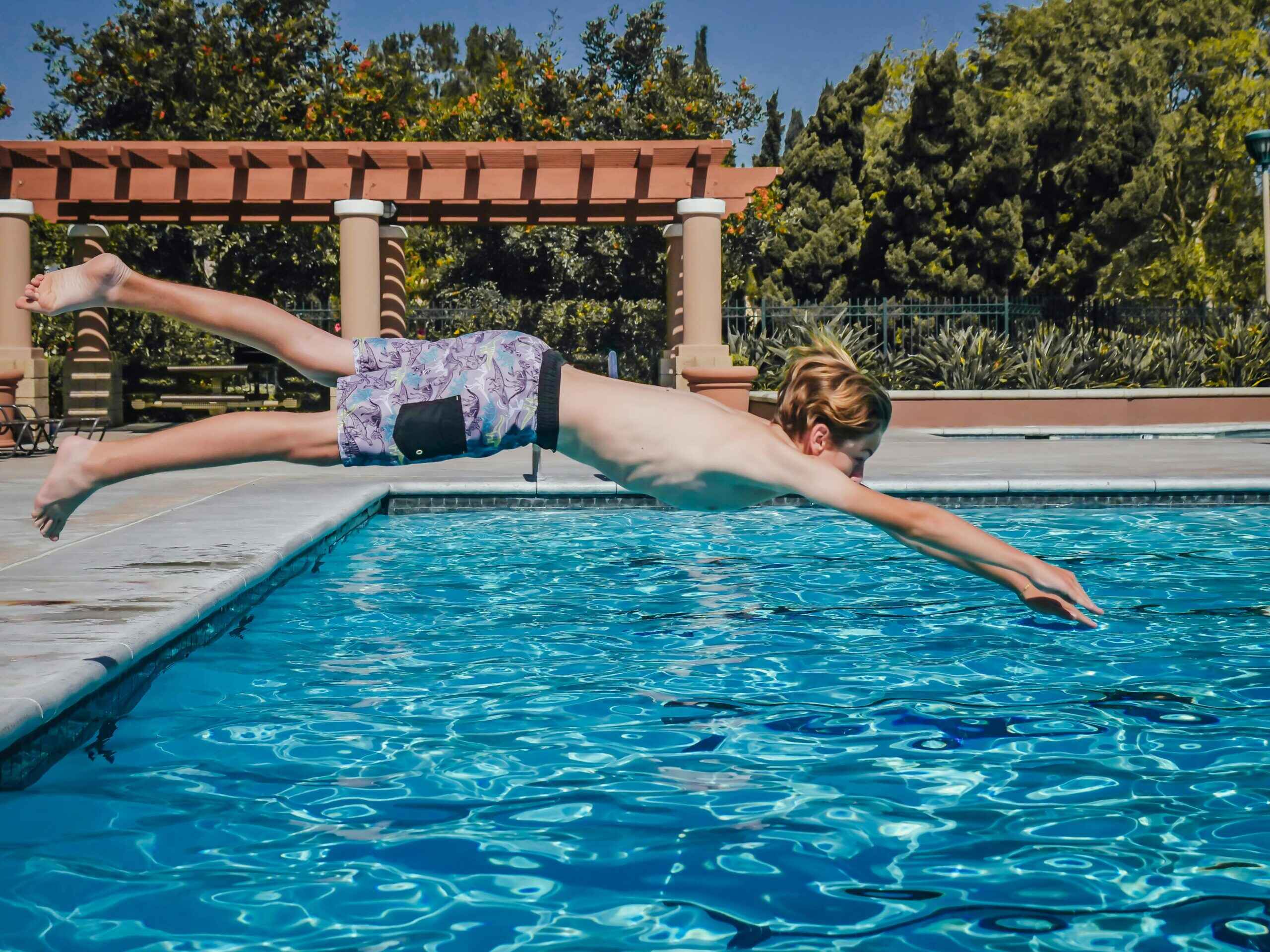Backyard Pool Safety Tips
The Lifesaving Society of BC & Yukon works to prevent drowning and water-related injury in a variety of aquatic environments, including both public and private swimming pools. Backyard pool safety helps families to create safe environments by mitigating swimming pool hazards and becoming aware of home pool safety tips. Statistically, older adults who drown in backyard pools have often been swimming alone. Water safety for preschoolers is important for parents with young children, as children who drown usually gain easy access to a pool or have been left unsupervised.
Lifesaving Society courses can teach you and your family prevention strategies, self-rescue, the rescue of others, and basic first aid that will help with pool safety at home. In the meantime, follow these tips to improve the safety of a potentially dangerous environment:
Backyard Pool Safety Tips
- Stay “within arm’s reach” of children. Always supervise children around water; drowning can occur in seconds. Stay attentive and avoid distractions to ensure their safety.
- If children can’t swim, insist that they wear a lifejacket or PFD at all times unless you’re in the water holding them. But remember that lifejackets and PFDs don’t replace supervision of children.
- Always watch children closely when they’re playing with inflatable toys. Limit inflatable toys in the pool to prevent overturning. Remove them promptly after swimming to reduce the risk of children falling in.
- Restrict access to your backyard pool. Install a lockable fence around your pool per local by-law regulations, ensuring no climbing access. Secure all doors leading to the pool and remove ladders when not in use
- Always swim with a “buddy.” In case of emergency, someone is available to assist you. Have an emergency portable phone nearby in case you need to use it.
- Don’t dive or go head-first into the shallow end of the pool, and never dive into an above ground pool. Protect your neck. Many head and spinal injuries are caused by horseplay in backyard pools.
- Don’t swim if you’ve been drinking alcohol. Alcohol reduces your ability to respond quickly and appropriately.
- Drain all backyard wading pools after use. A child can drown in just a few centimetres of water. Also untreated water left in these pools becomes a breeding ground for bacteria. Position the empty wading pool such that it can’t fill up with rain water.
- Keep all chemical products away from children. Lock the chemicals in a place with good air circulation.
- Establish a set of pool rules…and ensure that everyone using your pool follows them.
